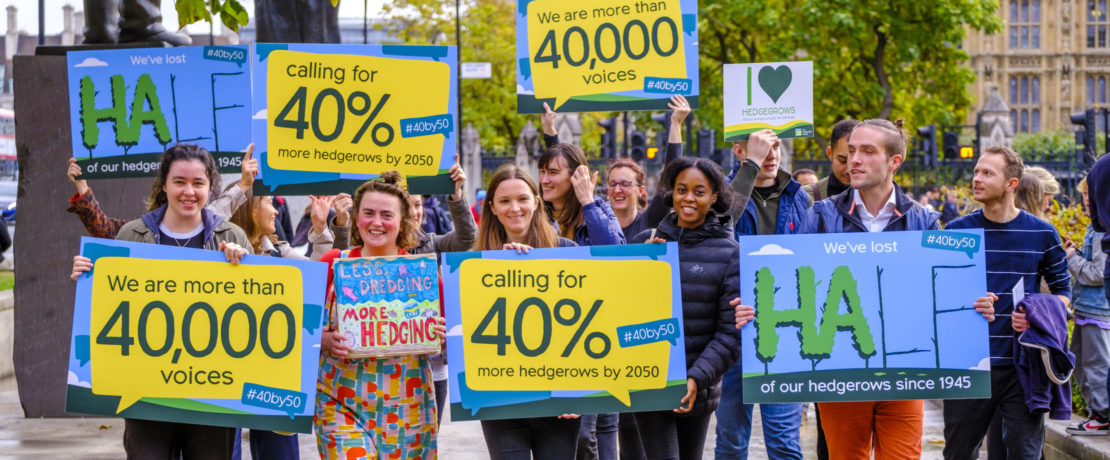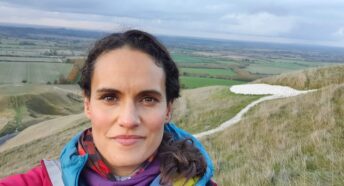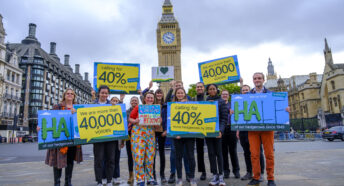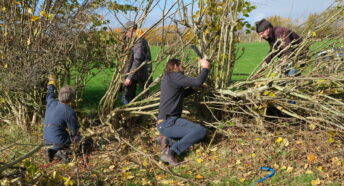2022: our impact
Despite its challenges, 2022 was a busy and productive year for CPRE. End to end, we’ve campaigned for a better, more sustainable countryside for everyone – and published a number of impactful reports.
It’s has been a hugely difficult year globally. From the invasion of Ukraine to the cost of living and energy crises, it’s been a year of challenges. But we’ve remained steadfast and even had some huge campaign wins – from restoring the ban on fracking (again) to major planning policy successes. We thank all of you for your support.
Planning u-turn
We kicked off the year with a great win for our ongoing planning campaign. After persistent calls for a rethink, ministers eventually acknowledged that local democracy must be at the heart of new planning changes. This was a seismic success for CPRE and was the result of consistent pressure both nationally and among CPRE local groups. Our belief remains that community engagement is key to the planning system. It provides the local knowledge needed to make sustainable, better-informed decisions in rural communities.
Tackling short-term lets
A little later in January, we unleashed groundbreaking research on short-term lets. Our research showed a 1000% increase in short-term lets between 2015-21. It laid bare the impact of short-term lets on the housing crisis, and in particular, the availability of affordable housing and skyrocketing rents. Thanks to an unregulated short-term let market, rural housing has simply been disappearing. Meanwhile, over 170,000 families sit on social housing waiting lists. Towards the end of 2022, the government gave some promising indications that the short-term let market would undergo a more rigorous application process.
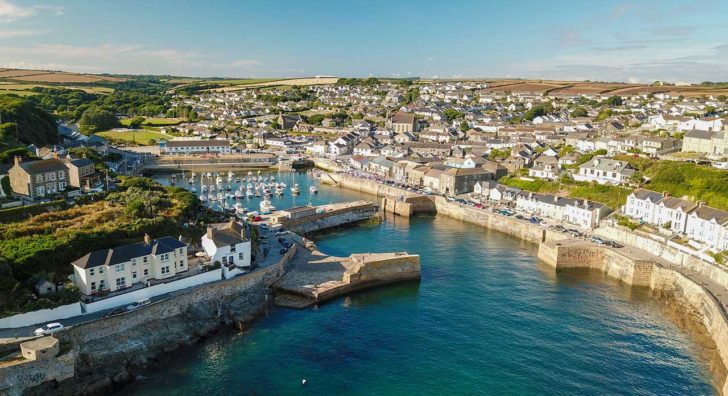
Protecting green spaces
We also urged the government to put its money where its mouth is in its response to the Glover Review. This was an independent review of some of England’s protected landscapes, such as National Parks and Areas of Outstanding Natural Beauty (AONBs). We were pleased to see the government’s ambition to protect these landscapes. However, we noted that there was seemingly a lack of funding available to deliver on these promises. We also reiterated that the government needs to improve access to these beautiful and species-rich green spaces.
In February, we published an impactful analysis of Local Green Spaces in England – in particular, on Local Green Space designation. Our report found that 6,515 Local Green Spaces had achieved ‘designation’. Local Green Space designation strengthens the protections for these cherished spaces (a bit like Green Belt status). We called for the government to step up its support for Local Green Spaces and more strongly promote the policy. The research also demonstrated how important green spaces are to local communities. They give people vital access to nature, support wildlife, and bolster defences against extreme weather.
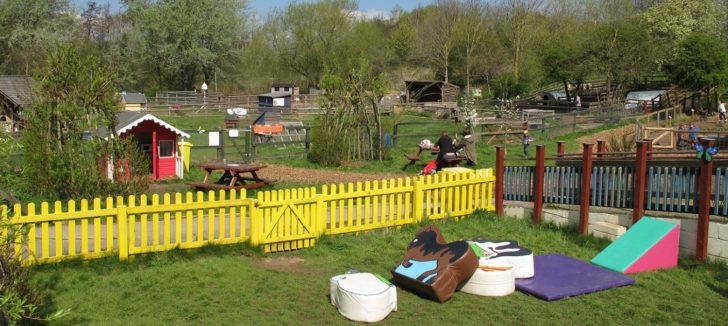
Cumbria coal mine
Our campaigning momentum hit a new gear in March. Along with our colleagues at Friends of the Lake District, and friends at Greenpeace and Friends of the Earth, we mobilised a quarter of a million people who signed a petition asking the government to refuse the Cumbrian coal mine. We argued that the plans flew in the face of the government’s climate commitments. This show of solidarity won the support of a huge number of people, and the eventual decision was delayed until December 2022. However, the government still gave the mine the go-ahead, sparking a furious response from campaigners across the country. It’s a move that we called ‘shameful’ and we will be supporting other charities in their legal challenge.
Planning to fail
At CPRE, we believe the climate emergency is the biggest threat to the countryside. Therefore, we keep climate and net zero issues at the forefront of our campaigning. In late March, we published research that indicated that the government hadn’t mapped a clear route to net zero. While we were pleased to see that 85% of local councils had announced ambitious net zero targets, we highlighted that without integrating net zero into local plans, local councils are ‘planning to fail’. For local authorities to achieve net zero, national planning policy needs to prioritise sustainable development, tackle car reliance, and the reduction of carbon emissions.
Star Count 2022
In spring, we published the results of our annual citizen science project, Star Count. More than 2,500 people counted the stars in the constellation of Orion, and we used that data to measure levels of light pollution across the country. The results suggested that severe light pollution is continuing to fall, which we believe is a result of ‘lockdown legacy’ as well as soaring energy prices. However, half of the participants still encountered severe light pollution. This has devastating impacts on wildlife and disrupts our sleep cycles. Star Count returns in 2023 – find out how you can take part.
Stepping up funds for Green Belt
Shortly after, our attention turned to the Green Belt (protected green space that surrounds villages, towns, and cities). We published research that revealed what the government spends on the restoration of nature and cultural heritage sites. The results were worrying. We found that, broadly, Green Belt land was getting a low share of government funding via the agri-environmental scheme (AES). Over several years up to 2020, just 7.25% of total AES funding went on Green Belt land. This is despite it being the countryside next door for 30 million people, and containing 11% of our total farmland. We argued that the government needs to step up funding to conserve these green spaces – vital for people and wildlife.
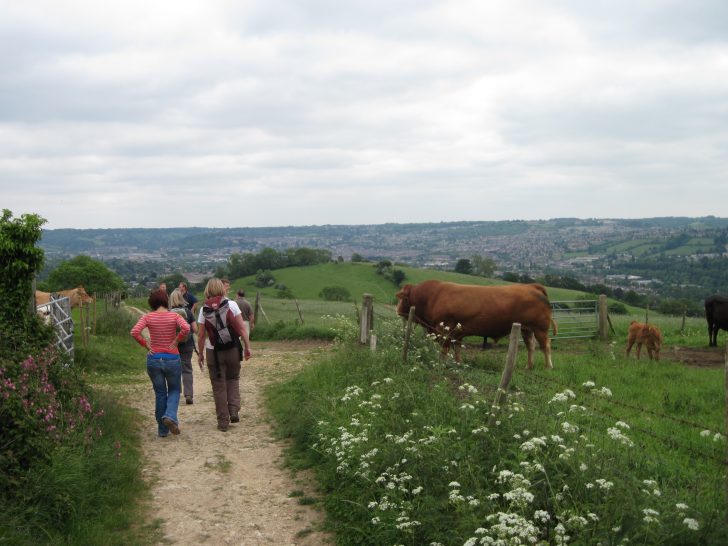
Guarding food security
Continuing our focus on green spaces, we then published groundbreaking new research on the state of high-quality agricultural land in England. We found that almost 14,500 hectares of the country’s best agricultural land, capable of growing 250,000 tonnes of fruits and vegetables a year, had been permanently lost to development. Between 2010 and 2022, almost 300,000 homes were built on prime agricultural land. This is despite, at the time, there being space for 1.3 million homes on brownfield land. We also found that 60% of England’s highest-quality farmland was at high risk of climate change – in particular – flooding. With this being a marked threat to our food security, we’re pushing for a different approach to land use, that balances the competing demands for farming, housing, and energy needs.
‘Deregulation on steroids’
As we approached autumn, environmental charities nationally looked on in horror as a growth-obsessed government unleashed a swathe of damaging plans. The first was then-chancellor Kwasi Kwarteng’s announcement of ‘investment zones’, an initiative we called ‘deregulation on steroids‘. Investment zones were pitched as a way for local councils to fast-track developments and bypass local democracy in the name of growth. It threatened the Habitats Directive as well as the government’s own 30 by 30 commitment to nature restoration. We argued that this was simply a route to more poor-quality homes and the industrialisation of the countryside and green spaces.
Pressure from across the sector and the public forced the new government under Rishi Sunak to kick investment zones into the long grass. In a further win, we’ve now seen reports that the government is preparing to abandon hundreds of investment zone bids altogether.
Fracking banned … again
Around the same time, former PM Liz Truss announced that she would lift the moratorium on fracking, a move we called a ‘hideous mistake’.
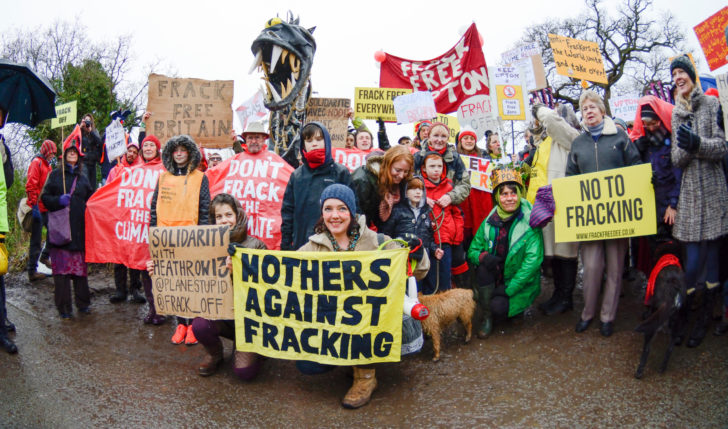
Fracking is a huge threat to our countryside and wildlife and accelerates climate change. Not only that but leaked emails from Jacob Rees-Mogg’s office suggested that the government was seeking to bypass public scrutiny entirely and force fracking on rural communities. We responded swiftly, with a petition that quickly gained over 80,000 signatures. This collective campaigning piled on the pressure. Only a couple of months later, the fracking ban was reinstated by incoming prime minister Rishi Sunak.
Hedgerow heroes
Moving into October, our ongoing hedgerow campaign reached a high point when we handed in a petition to Defra which had almost 50,000 signatures. Hedgerows are the unsung heroes of our countryside. Many are steeped in history, and they provide food and shelter for wildlife and absorb and store carbon. The petition called for the government to set a target of planting 40% more hedgerows by 2050. We also held an exhibition in the Houses of Parliament for MPs to find out more about our hedgerow work. With 81 MPs now signed up as ‘hedgerow heroes’, we’re better equipped than ever to regenerate hedgerows across the country.
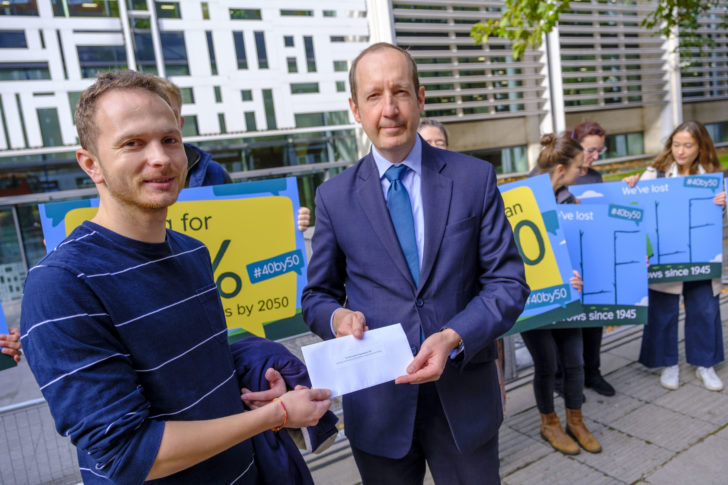
In November, we published brand new research on farmers’ attitudes toward hedgerows. Our survey, conducted by Farmers Weekly, involved more than 1,100 farmers who were asked about how they manage hedgerows on their land, and what they want to see from the government to keep them thriving. In all, 86% of farmers said hedgerows were important to them. However, 70% cited cost as the biggest barrier to planting and maintaining hedgerows. It was a clear call for the government to better support hedgerows, and commit to planting 40% more by 2050.
Just one month after this report was published, we were pleased to hear the government’s announcement that farmers will receive increased payments for taking nature restoration actions. This includes hedgerow planting and creation under new Environment Land Management Schemes (ELMs).
Work also continues on a local level to restore our hedgerow network. Twelve local groups are doing their bit this winter, by planting and restoring hedgerows up and down the country. This has been made possible through corporate funding via the CPRE Hedgerow Heroes project.
Pylons down
We had a rousing pylon-related success towards the end of the year, as the result of a campaign that started a decade ago. In 2012 CPRE called for pylons to be placed underground due to their impact on landscapes and tranquillity. After years of deliberation, the work began on the downing of pylons in 2022. In October, the final pylon came down in a stretch in the Peak District National Park. and work started on undergrounding pylons in Dorset AONB.
State of brownfield
We finished the year with a new report on brownfield (previously developed land). Our annual ‘state of brownfield’ report revealed that space for 1.2 million homes on brownfield land was lying dormant. With hundreds of thousands of vulnerable people and families on waiting lists for social housing, it beggars belief that such land prime for development remains unused.
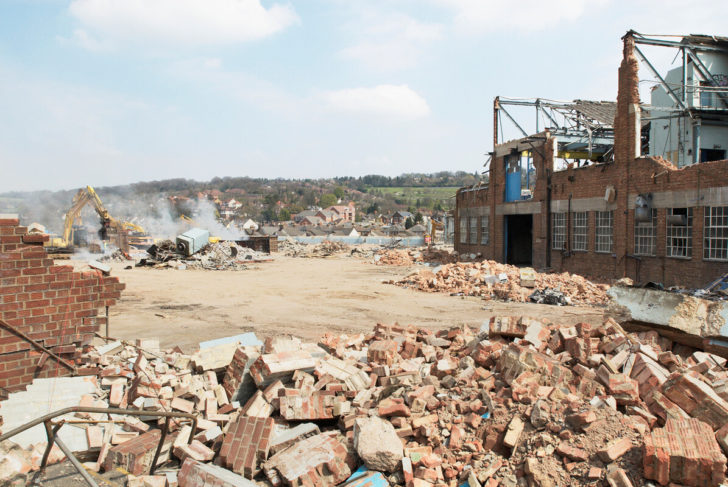
Our report also found clear regional differences. We found that planning permission for development on brownfield in the former industrial heartlands was generally less likely to be granted. Brownfield land has huge potential to regenerate and revive communities and we’re calling on the government to clearly prioritise brownfield development in the National Planning Policy Framework.
Following the release of this report, we understand a group of MPs are meeting in 2023 to set up an All Party Parliamentary Group (APPG) on brownfield. This has been attributed directly to our research, which further demonstrates its strength and impact.
Help us do more
In 2022 we achieved some great victories, from forcing planning u-turns, keeping fracking off the table, standing up for hedgerows, and calling on landscapes and green spaces to get the funding and protections they deserve.
Although 2023 is likely to bring challenges old and new, we’ve got loads of plans. Expect more groundbreaking reports, lobbying, on-the-ground campaigning, rigorous policy work, and more. But, we need your help to do this. Standing up for our local countryside and green spaces has never been more vital. Our vision is a thriving, accessible countryside for everyone, and with your support, we can turn this vision into reality.
